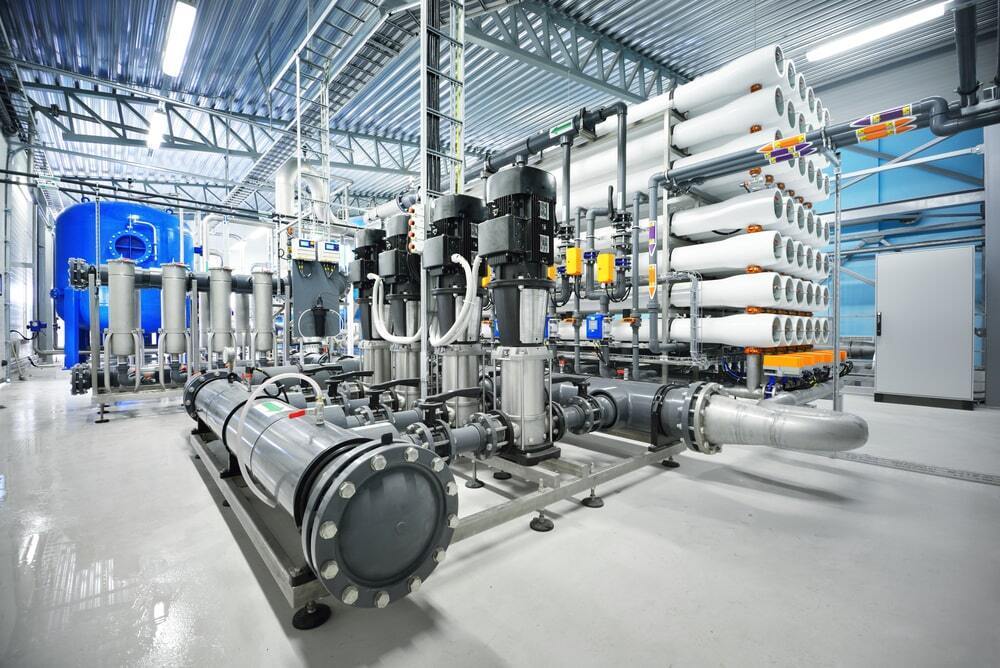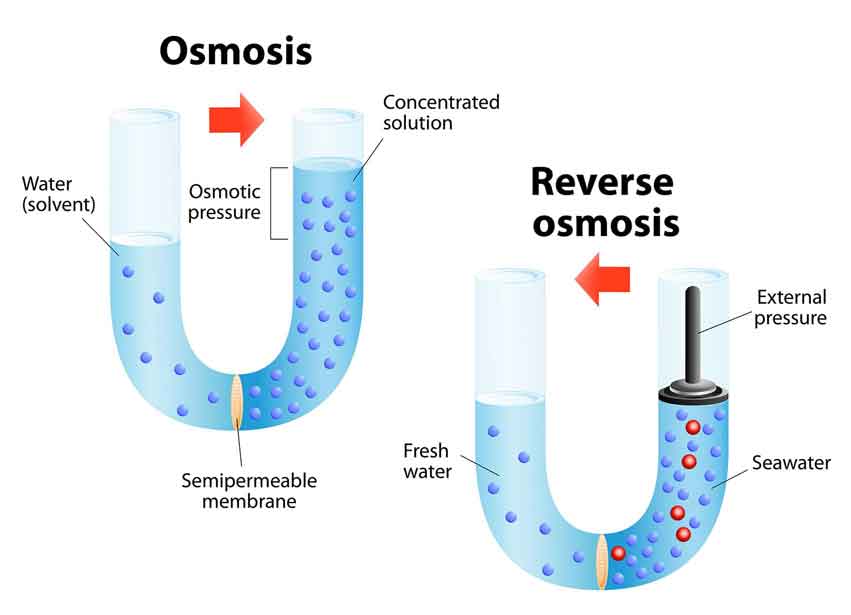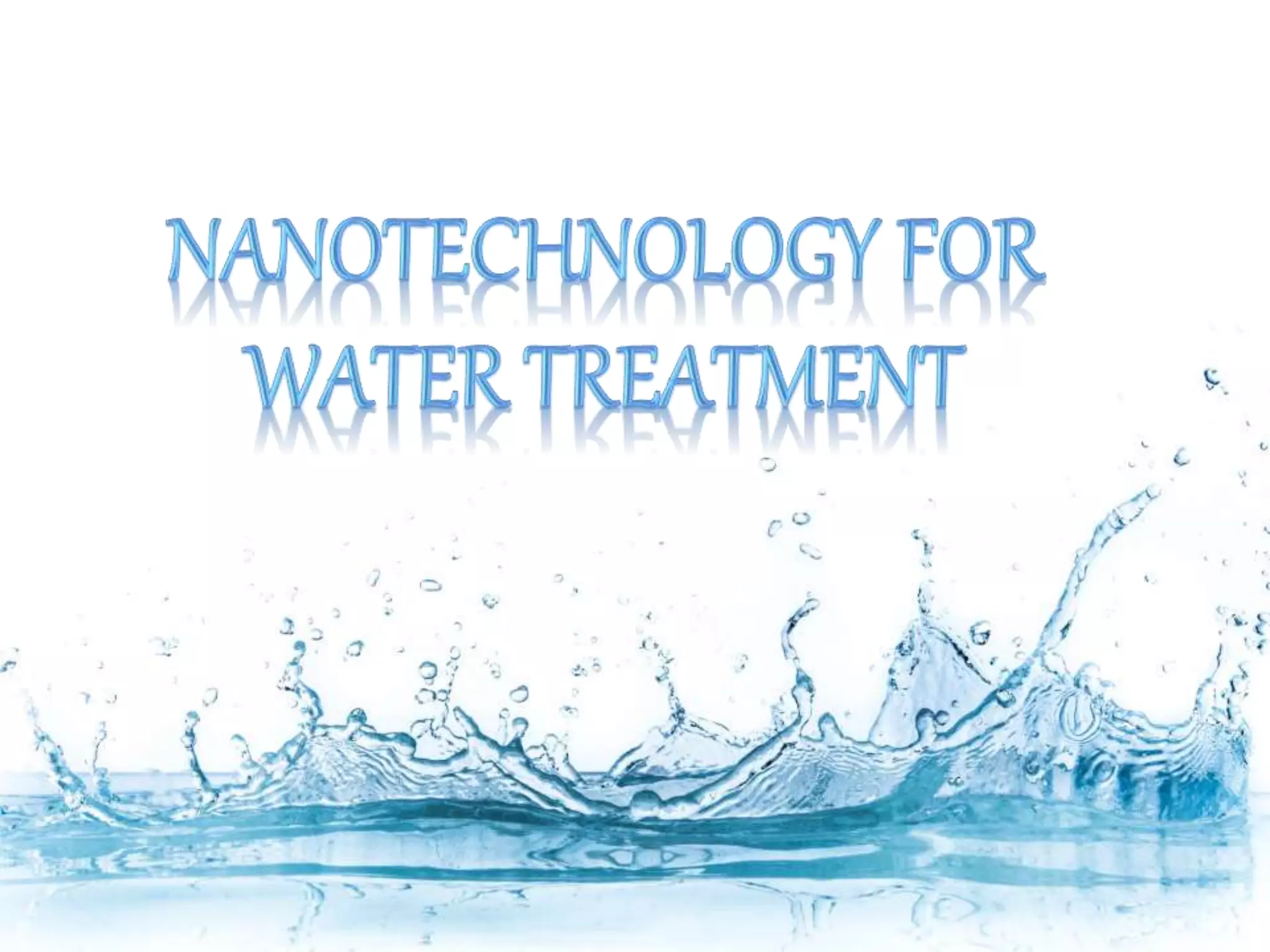Water Treatment Plants: Behind the Scenes of Clean Water Delivery

Introduction
Clean water is essential for life, and it’s something many of us take for granted. But have you ever wondered what goes on behind the scenes to ensure that the water flowing from your tap is safe and pure? In this article, we will take you on a journey behind the scenes of water treatment plants, where the magic of turning raw water into clean, drinkable water happens.
The Importance of Clean Water
Clean water is not just a luxury; it’s a necessity. Without access to clean water, life as we know it would be impossible. From drinking to cooking, cleaning, and even industrial processes, water plays a vital role. But it’s not as simple as turning on a tap and getting clean water. The water we use undergoes a complex and intricate process to ensure it’s safe for consumption.
The Journey Begins
Source Water
It all starts with the source water, which can be a river, lake, or underground aquifer. This raw water contains various impurities, including sediments, minerals, and even microorganisms. The first step is to collect this source water and prepare it for treatment.
Pretreatment
Pretreatment involves removing large debris, such as sticks and leaves, from the source water. This step is essential to protect the equipment downstream from damage. Additionally, chemicals may be added to help coagulate and settle suspended particles.
The Treatment Process
Once the source water is prepped, it’s time for the main event – the treatment process.
Coagulation and Flocculation
In this stage, chemicals like aluminum sulfate are added to the water. These chemicals cause small particles to stick together and form larger clumps, making it easier to remove them later in the process.
Sedimentation
After coagulation and flocculation, the water sits in a basin for a while. During this time, gravity causes the larger particles to settle to the bottom, forming a sludge that can be removed.
Filtration
The water is then passed through filters, typically made of sand, gravel, and activated carbon. These filters catch any remaining impurities, ensuring that the water is crystal clear.
Disinfection
To make sure the water is free from harmful microorganisms, disinfectants like chlorine or ultraviolet (UV) light are used. This step is crucial for preventing waterborne diseases.
Quality Control
Monitoring and Testing
Throughout the entire treatment process, water quality is closely monitored. Samples are taken regularly and tested to ensure that the water meets strict quality standards.
Regulatory Compliance
Water treatment plants must adhere to strict regulations set by government agencies to ensure that the water is safe for consumption. Compliance with these regulations is non-negotiable.
Distribution to Homes
Pipes and Pumps
Once the water has been treated and deemed safe, it’s distributed to homes and businesses through an extensive network of pipes and pumps. This network ensures that clean water reaches every corner of the community.
Challenges Along the Way
Maintaining a clean and efficient water distribution system comes with its own set of challenges, from pipe maintenance to pressure regulation. Water treatment plants work tirelessly to overcome these obstacles.
Conclusion
Water treatment plants are unsung heroes in our daily lives. They work tirelessly to provide us with clean and safe water, ensuring that we can go about our day without worrying about the quality of the water we use. It’s a complex and fascinating process that deserves our appreciation.
FAQs
1. How does water treatment remove contaminants from the source water? Water treatment plants use a combination of physical, chemical, and biological processes to remove contaminants from source water. These processes include coagulation, sedimentation, filtration, and disinfection.
2. Are there any environmentally friendly water treatment methods? Yes, some water treatment plants are adopting eco-friendly methods such as using natural filtration systems, reducing chemical use, and recycling water to minimize their environmental impact.
3. Can I trust the quality of tap water from my local treatment plant? Yes, tap water from municipal treatment plants is rigorously tested and regulated to meet safety standards. It’s generally safe for consumption, but if you have specific concerns, you can install additional home filtration systems.
4. How often should water treatment facilities undergo maintenance and inspections? Water treatment plants undergo regular maintenance and inspections to ensure their continued efficiency and compliance with regulations. The frequency can vary but is typically done annually or more frequently if needed.
5. What can I do to conserve water and support water treatment efforts? To support water treatment efforts, you can conserve water by fixing leaks, using water-saving appliances, and being mindful of water usage in your daily activities. Every drop counts in ensuring a sustainable water supply.












